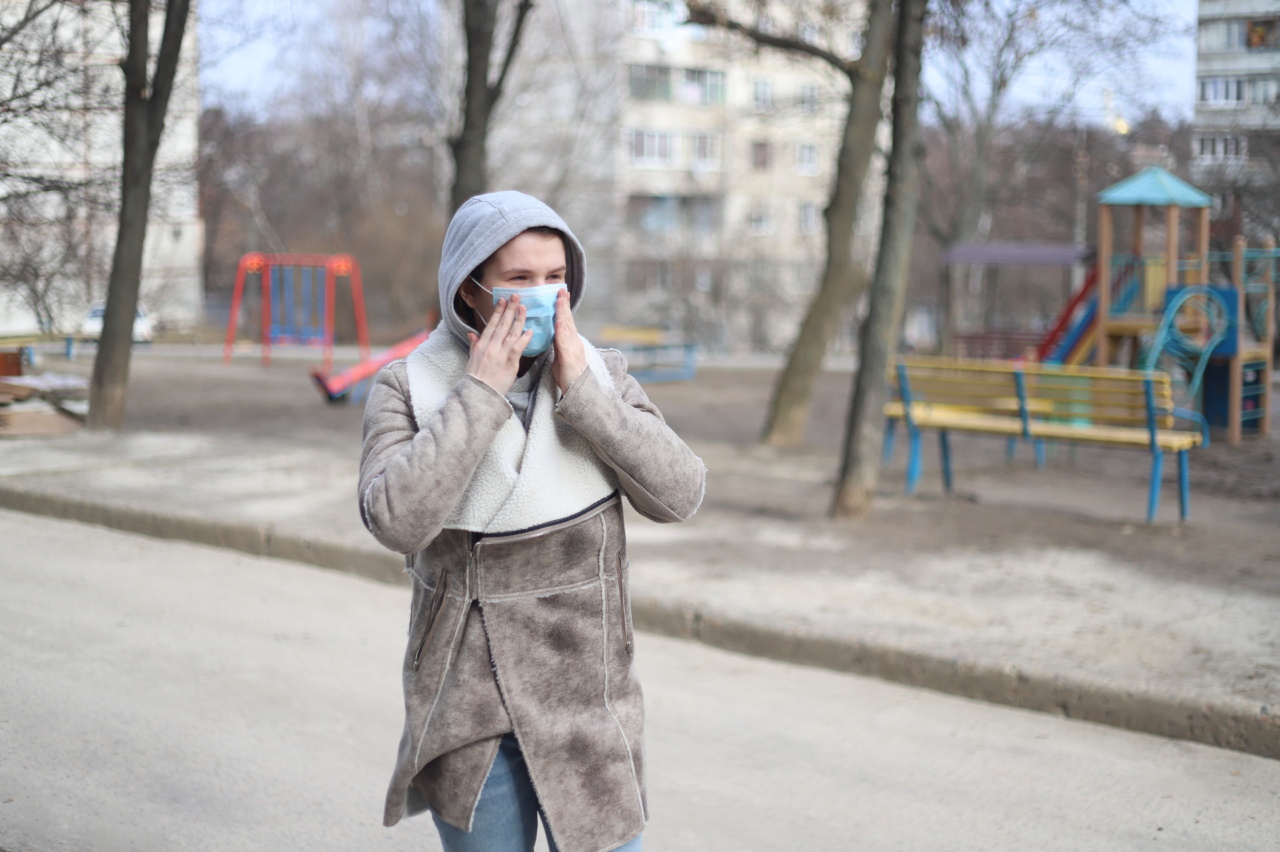Cold viruses are everywhere. They can be found in the air we breathe, the surfaces we touch, and even in the food we eat.
But have you ever wondered what a visual representation of cold virus concentrations looks like? In this article, we will explore different images and charts that depict the spread of viruses, specifically the common cold virus.
Microscopic Images
The cold virus is too small to be seen by the naked eye, but with the help of a microscope, scientists have been able to capture images of the virus.
One such image is a color-enhanced scanning electron microscopic image of human coronavirus 229E, which is a member of the family of viruses that cause the common cold. This image shows the virus particles as small red spikes on a blue background.
 .
.
Viral Load Graphs
Another way to visualize concentrations of the common cold virus is through viral load graphs. These graphs show the amount of viral particles in a person’s body over time.
When a person is infected with the cold virus, their viral load increases and then decreases as their body fights off the infection.
 .
.
According to a study published in the Journal of Infectious Diseases, the peak viral load of the common cold virus occurs on the second or third day after infection.
This means that a person is most contagious during this time, as they are shedding the most virus particles into the environment.
Infection Maps
Infection maps are another way to represent the spread of the common cold virus. These maps show the geographical distribution of the virus and can help predict where future outbreaks might occur.
The Centers for Disease Control and Prevention (CDC) maintains an online fluview map that shows the weekly spread of influenza and other respiratory viruses, including the common cold.
 .
.
Airborne Transmission Images
The common cold virus is often transmitted through the air when a person coughs or sneezes. When this happens, virus particles can be released into the air and can travel several feet before settling on surfaces.
The following image, from the CDC, shows how far droplets can travel when a person coughs or sneezes and provides recommendations for preventing the spread of cold viruses.
 .
.
Hand Hygiene Graphics
Another way to prevent the spread of the common cold virus is through proper hand hygiene.
The following graphic, from the World Health Organization (WHO), shows the steps for washing hands, which can help reduce the spread of viruses and other infectious agents.
 .
.
Conclusion
Visual representations of cold virus concentrations can help us understand how the virus spreads and provide insight into ways to prevent its transmission.
From microscopic images to viral load graphs to infection maps, these visual aids can help healthcare professionals, scientists, and the general public better understand the common cold and how to protect against it.






























